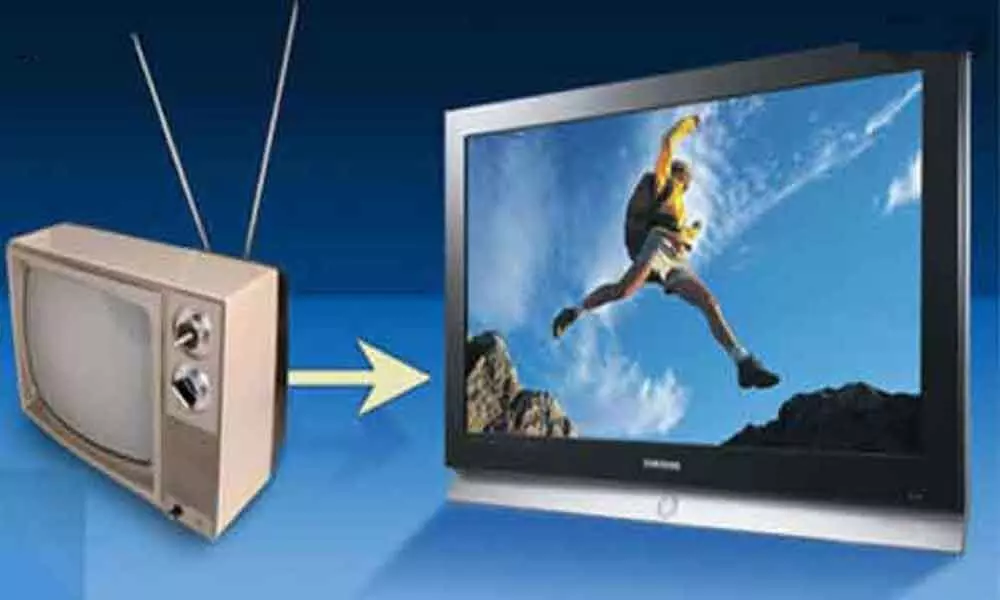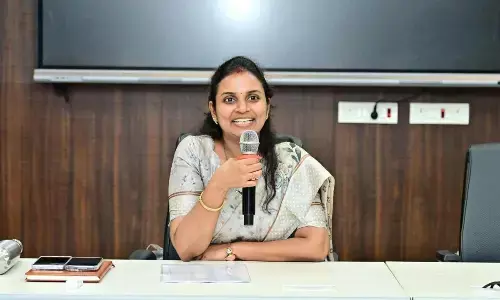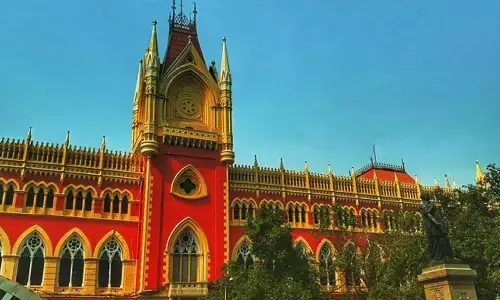World Television Day - Evolution of Television in India

Television has grown in all aspects of the studio, the transmitter, broadcast technology and the TV itself.
Today on November 21, World Television Day is observed across the world. At first, the United Nations General Assembly proclaimed it in December 1996. TV is one of the marvellous inventions. This is the only electronic media that created a massive impact on us. The TV has witnessed exceptional growth – from a large simple TV to the smart and sleek TV. It has grown in all aspects of the studio, the transmitter and broadcast technology and the TV itself. Even the TV signals have been converted from analogue to digital, and today we have HD (high definition) TV, the IPTV, the mobile TV and the 3D TV.
Today TV is no more an 'Idiot Box'; it is an excellent example of the convergence of broadcasting, communication, and computers. We can do web browsing, make video calls, and social networking.
Somewhere around in 1959 TV made an entry in our country with experimental transmission from Delhi. This was a modest beginning with a makeshift studio and low power transmitter. We used to have big sized Analogue TVs, and it was a community watching experience.
In 1961 Television programmes were introduced for teachers.
In 1965 one hour service with a news bulletin was initiated daily, this included some entertainment programmes as well.
In 1967 Krishi Darshan and rural programmes were on track for farmers in Delhi and Haryana.
In 1972 TV services were stretched to a second city Mumbai.
By 1975 cities like Calcutta, Chennai, Srinagar, Amritsar and Lucknow also had TV stations.
In 1975-76 the satellite Instructional Television Experiment brought TV to 2,400 villages in the most inaccessible and the rural areas.
On April 1, 1976, Doordarshan separated from All India Radio and given a separate banner – Doordarshan. Doordarshan was an independent public service broadcaster funded by the Government of India. Doordarshan motto was "Satyam Shivam Sundaram" which interprets: 'The Truth is The God, and The God is Beautiful'.
In 1977 the transmitters were to become operational.
In 1980 we got to watch some great series like Hum Log, Ramayan, Bharat Ek Khoj, Rajani and Udaan.
In 1990 period more series were telecasted, few of them are Dekh Bhai Dekh, Mungerilal ke Haseen Sapne, Farmaan, Shrimaan Shrimati, and Yug.
And the list goes on….And then we slowly shifted from Analogue TV to Digital TV.
Here are few best smart TVs for less than Rs 30,000.
1. Mi LED TV 4X 125.7 cm (50) 4K Ultra HD Android TV (Black)
2. Samsung 100 cm (40 Inches) Smart 7-in-1 Full HD Smart LED TV UA40N5200ARXXL (Black) (2019 Model)
3. Panasonic 100 cm (40 inches) TH-40F200DX Full HD LED TV (Black)
4. Samsung 80 cm (32 Inches) LED TV UA32N4003ARXXL (Black) (2018 Model)


















